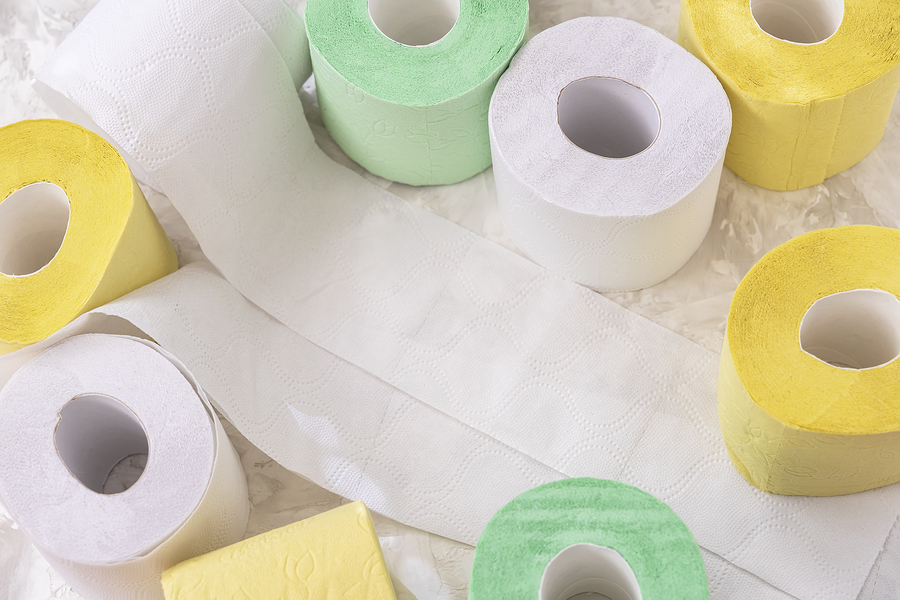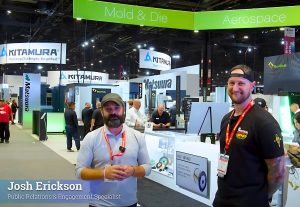How It’s Made
Welcome to the first edition of PMG’s “How It’s Made”. In this article, and each to come, we’ll detail and summarize the manufacturing process of anything and everything. Starting off is the now highly-coveted, in demand, flying-off-the-shelves product we call Toilet Paper!
With current demand considered, we should also remember we didn’t always have toilet paper. I recommend that you check out how toilet paper came to be. It’s quite interesting. But that’s not what we’re here for.
This article is about how toilet paper is made. It’s a product used for its original, intended purpose but also many other purposes. This includes acting as a fill-in for facial tissue, wiping down the bathroom sink, removing makeup etc. These likely play into the numbers for (normal) consumption habits, that being: 57 sheets of toilet paper per day for an average consumer. At that rate, a family of four would purchase a 12-pack of single ply, standard rolls, 20 times in a year. What’s your consumption rate?
With all that said, let’s roll it out! Pun intended.
How is toilet paper made?
[av_image src=’https://www.pmgservices.com/content/uploads/2020/05/bigstock-Paper-Production-Concept-With-306772726-300×262.jpg’ attachment=’8211′ attachment_size=’medium’ align=’left’ animation=’no-animation’ link=” target=” styling=” caption=” font_size=” appearance=” custom_class=”][/av_image]
Toilet paper is just that – paper, and paper comes from wood. How toilet paper is made starts in the forest, moves on to the lumber mill, then the paper mill, and finally the manufacturing floor.
Forests
Hardwoods and softwoods are harvested from forests then shipped to the lumber mill. Typical papers are made of 70% hardwoods and 30% softwoods. Find the differences and types here. And yes, new trees are planted after harvesting.
[av_hr class=’invisible’ height=’25’ shadow=’no-shadow’ position=’center’ custom_border=’av-border-thin’ custom_width=’50px’ custom_border_color=” custom_margin_top=’30px’ custom_margin_bottom=’30px’ icon_select=’yes’ custom_icon_color=” icon=’ue808′ font=’entypo-fontello’ custom_class=”]
Lumber Mill
Harvested trees are debarked and chipped at the lumber mill then sent to the paper mill.
- Debarking: the process in which the outer layer of the tree is removed. The preference here is to keep as much wood, as possible.
- Chipping: the process in which debarked logs are placed into machines to create small, similarly-sized wood chips (usually around 1”x1/4” in dimension).
Paper Mill
Wood chips are processed into pulp and sheet then sent to manufacturing facilities. Wood chips arrive at the paper mills in batches and are “cooked” with chemicals for the purpose of removing moisture and creating a pulp. The pulp goes through further processing to include more chemical processing, washing, and bleaching. More water is added creating a paper stock which then moves through a series of rolling equipment to, yet again, reduce the water and moisture levels through a series of heating and drying processes, ultimately creating matted fiber sheets. These sheets are then wound onto jumbo reels (some that weigh as much as five tons) which are then sent to manufacturing facilities.
Manufacturing Facility
[av_image src=’https://www.pmgservices.com/content/uploads/2020/05/bigstock-Selective-Focus-Toilet-Paper-227324707-200×300.jpg’ attachment=’8214′ attachment_size=’medium’ align=’right’ animation=’no-animation’ link=” target=” styling=” caption=” font_size=” appearance=” custom_class=”][/av_image]
The large reels of sheets are unwound, slit to size, and rewound onto cardboard tubes. The tubes are very large in size and must be slit yet again to the dimensions of your standard toilet paper roll, which is 4.5” x 4.5”. From here, the rolls are conveyed to stacking and packaging equipment creating the very product you see (or sometimes don’t see) on your store shelves.
To see it live and in person, check out this video from George Pacific, one of the largest paper manufacturing companies and those responsible for the toilet paper branded Angel Soft and Quilted Northern.
Kim Mooney, Technical Manager & Coach








